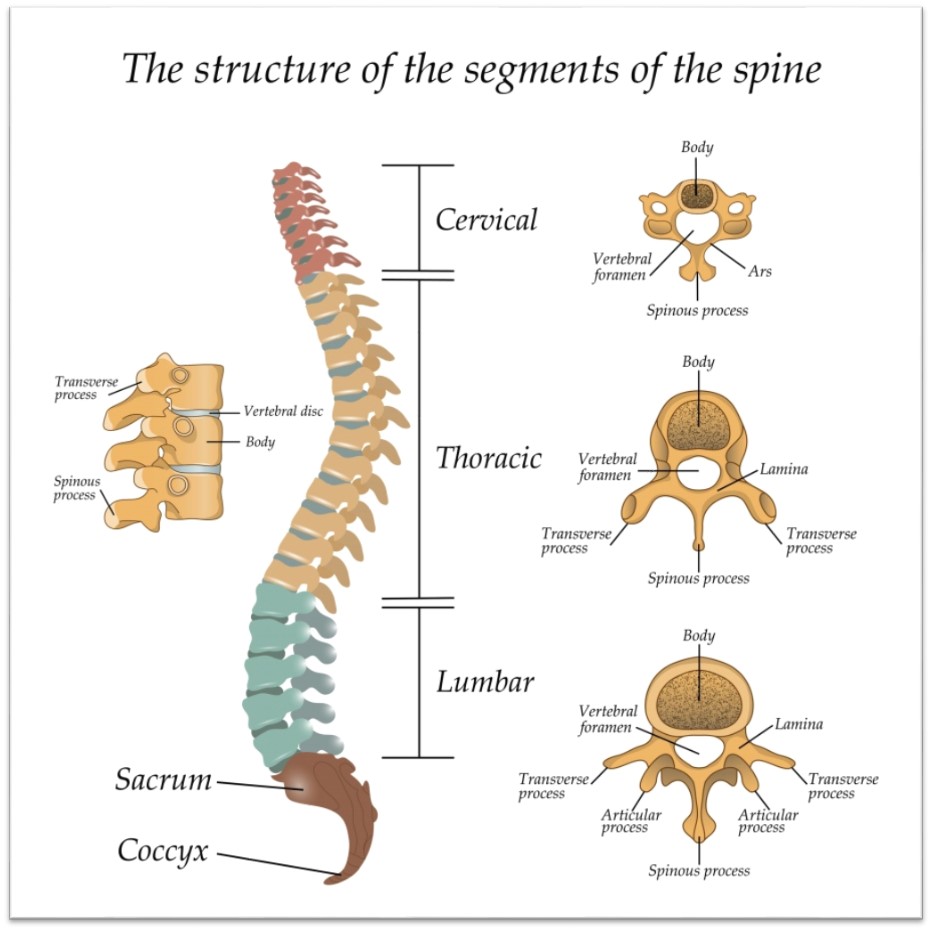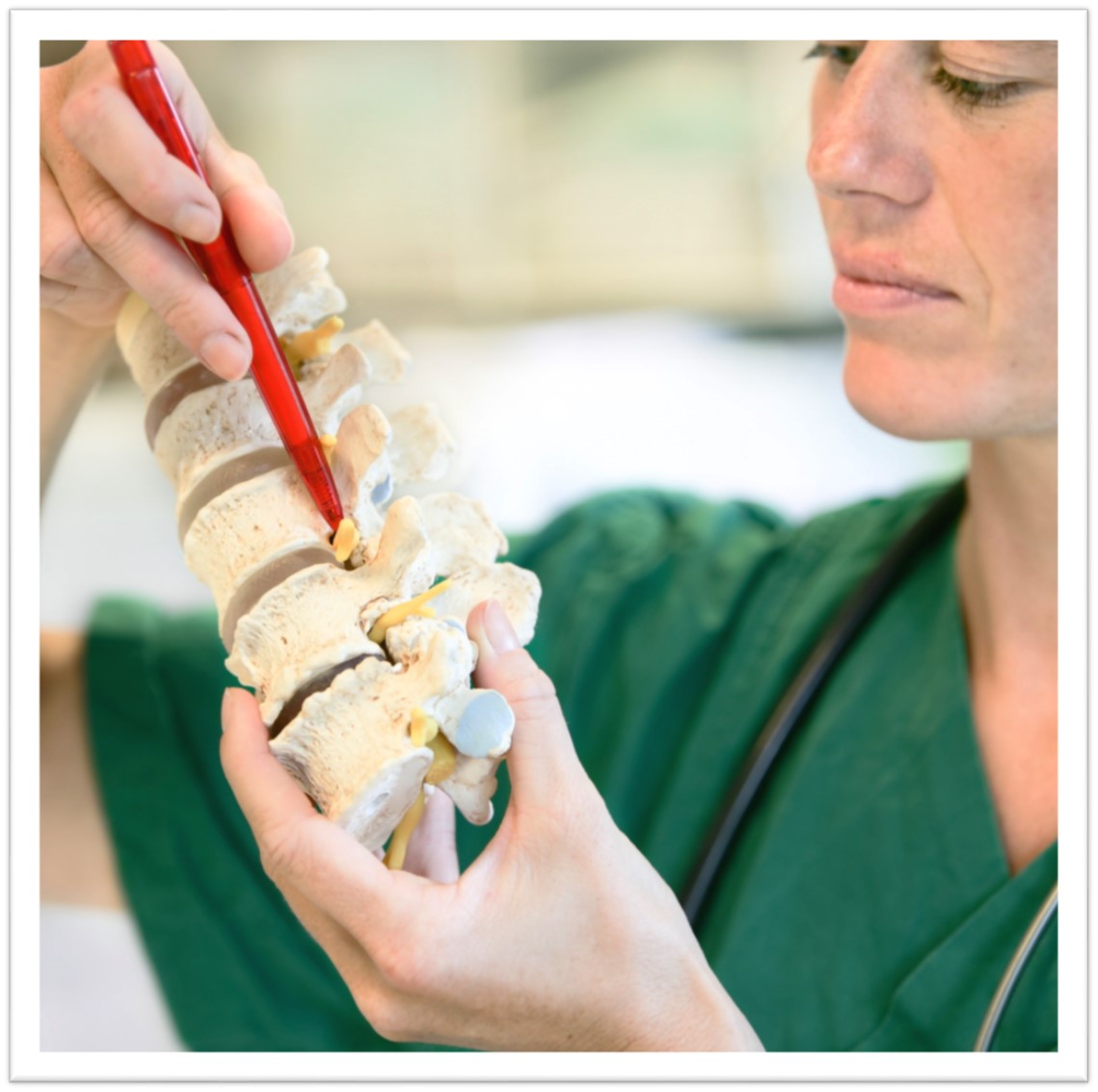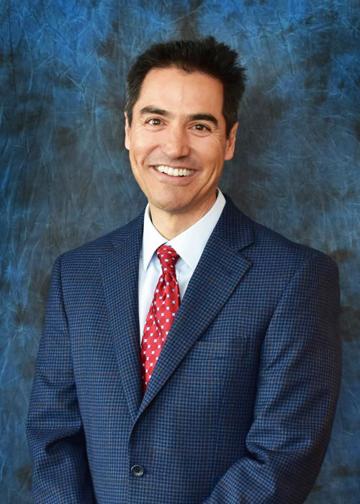Spinal Fusion Surgery

Many Americans suffer from a number of back issues. Spine and back issues can include a spine deformity, instability, and weakness of the back, or a herniated disk. Moreover, many have exhausted other medical treatments to fix the issue. If this applies to you, you may be a candidate for spinal fusion surgery.
What Is Spinal Fusion?
With spinal fusion surgery, spine vertebrae are ‘welded’ together. They connect and heal together. This then corrects and stabilizes your back and reduces pain. There are always risks to surgery, but satisfaction and success rates are high. Spinal fusion surgery is a permanent and common procedure. More than 30 million Americans undergo surgery each year and the procedure has been a successful and safe treatment option for decades.
Again, the aim of spinal fusion is to reduce pain-causing movement between vertebrae. There are two primary parts to the surgery:
- Bone Graft: The first goal is to decompress the pain-causing spinal cord and nerves. The surgeon then packs real or artificial bone graft between the vertebrae. This is how they fuse together – much like the healing of broken bones.
- Hardware: Screws, plates, and rods are next inserted to better hold the fusion together. This is called internal fixation.
How Long Does Spinal Fusion Surgery Take?
The length of surgery for spinal fusion can take 2 to 7 hours. It depends upon the severity and complexity of the procedure. It also depends upon the health of the patient and the number of vertebrae fused.

Physical therapy often starts 6 to 12 weeks after surgery.
Your doctor may also prescribe medication to manage your pain. Talk to your doctor if you have concerns about prescription pain medicines.
Hospital Stay
It is likely you will spend a few days recovering in the hospital. After that, be patient. Do not try to return to life as normal too soon. You will receive at-home care instructions. Follow them best you can! You will also likely begin a physical rehabilitation plan.

In all, a spinal fusion procedure can cost $14,000 to $30,000. In most cases, spinal fusion is covered by insurance. Talk to your insurance provider for coverage details. Do know that with most surgeries, there can be several bills of charges. This includes the surgeon, surgery center, hospital, anesthesiologist, and pharmacy.
Costs With Insurance
Contact your insurance provider for coverage details. If you are unsure about your coverage details, give us a call. We are happy to guide you through the process.
Why Spinal Fusion?
Your spine is literally the ‘backbone’ of your orthopaedic health. Aging, disease, and deformities can deteriorate your back over time. Weak or deformed vertebrae can cause chronic back pain. As a result, you may also have limited physical ability and range of motion. You might also be inhibited from living your desired active lifestyle. Spinal fusion could be your solution.
At Colorado Springs Orthopaedic Group, our doctors are committed to restoring our patients’ health and overall wellbeing. (See Top Doc Awards)
Talk to one of our back and spine doctors at Colorado Springs Orthopaedic Group (CSOG) to discuss if a spinal fusion surgical procedure is right for you.
Call (719) 632-7669 now to schedule your appointment.
Treatments
Spinal fusion can help with:
- Deformed neck or back
- Spinal stenosis
- Spondylolisthesis
- Scoliosis
- Tumor
- Infection
- Degenerative disk disease
- Weakness or instability
- Fractured vertebra
- Herniated disk
Benefits
The benefits and advantages of spinal fusion surgery include:
- Pain relief
- Pressure relief
- Back stability
- Improved vertebra integrity
Longterm Results:
Spinal fusion is a permanent treatment to help alleviate pain and improve daily routine.
Disadvantages
Also, it is important that you are in optimal health. You should not smoke and you should maintain a healthy body weight. Follow post-surgery instructions without exception and do not engage in sports or physical activity that puts undue stress on your back.
Always consult with your surgeon about your risks for any medical procedure.
Advanced Surgical Techniques
Spinal fusion surgery is open surgery. Although, more and more surgeons are using a minimally invasive surgery technique. The technique used will depend upon the complexity of your medical condition. Post-surgery rehabilitation may also include wearing a brace, physical therapy, exercise, and stretches.

Regions of Your Spine:
There are three regions of your spine for a spinal fusion procedure:
- Cervical spine
- Thoracic spine
- Lumbar spine

Types of Spinal Fusion Surgery:
- Anterior cervical discectomy and fusion
- Anterior lumbar interbody fusion
- Lateral lumbar interbody fusion
- Posterior lumbar interbody fusion
- Scoliosis fusion surgery
- Transforaminal lumbar interbody fusion
Ah, the big question … can I go back to doing all the things I love to do again? Again, talk to your doctor about safe and realistic lifestyle expectations. Certainly, the goal is to return you to as-close-to-normal orthopaedic health as possible, but post-surgery life may have some limitations. You are still susceptible to further injury or disease. This might be the time to find alternative lifestyle activities. Find something that doesn’t threaten your spine health. You don’t want to risk further back injury or degeneration.
Like any surgery, spinal fusion has risks and disadvantages, including infection, blood loss, blood clots, pain at the graft site, nerve damage, change of/restricted motion, recurring symptoms, pseudarthrosis (not enough bone formation), post-surgery recovery time, and pain.
Our Certified Orthopaedic Doctors
CSOG strives to provide nothing but the best possible care for our patients. To do that, we insist on putting together the best possible healthcare team.
Our Spine Specialists

James M. Bee, MD
Doctor Bee is a board-certified orthopaedic surgeon who specializes in spine surgeries. Dr. Bee’s medical expertise includes a full range of spinal disorders of the cervical, thoracic, and lumbar spine. Scoliosis and the treatment of spine shrinkage and fractures from osteoporosis.

Roger D. Sung, MD
We are so fortunate to have Roger D. Sung, MD, on our physician staff! Dr. Sung is regularly recognized as a Top Doc in his medical peers in Colorado Springs. His surgical expertise is in spinal fusion and spine stimulators. He also specializes in microsurgery and minimally invasive spine surgery. Dr. Sung was the first doctor to use the new xvision™ system at CSOG. He has been in practice with us since 2000.

Paul Stanton, DO
Dr. Paul Stanton is a board-certified orthopedic surgeon with surgical expertise in all aspects of spinal surgery, including minimally invasive techniques and complex reconstructive techniques for the cervical spine, adult spinal deformity, and degenerative scoliosis.
Is Spinal Fusion Right for You?
You do not have to live with chronic back pain, but surgery is a considerable choice to make. Give us a call at Colorado Springs Orthopaedics Group. We will get you scheduled for your first consultation with a board-certified orthopaedic surgeon. During your consultation, we will discuss your treatment options, along with risks, and likely outcomes. But rest assured that at CSOG, your care is in the best hands possible!
Call (719) 632-7669 now to schedule your appointment.


